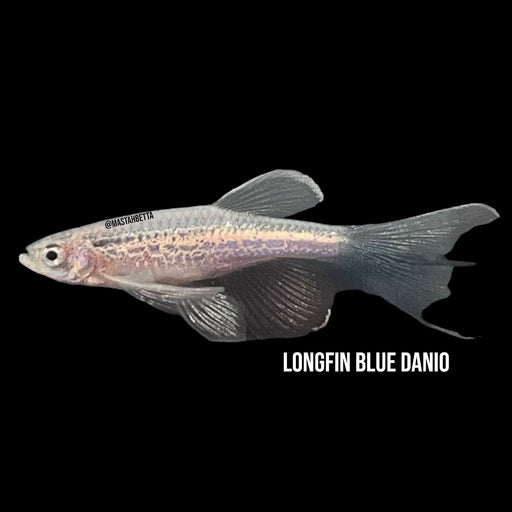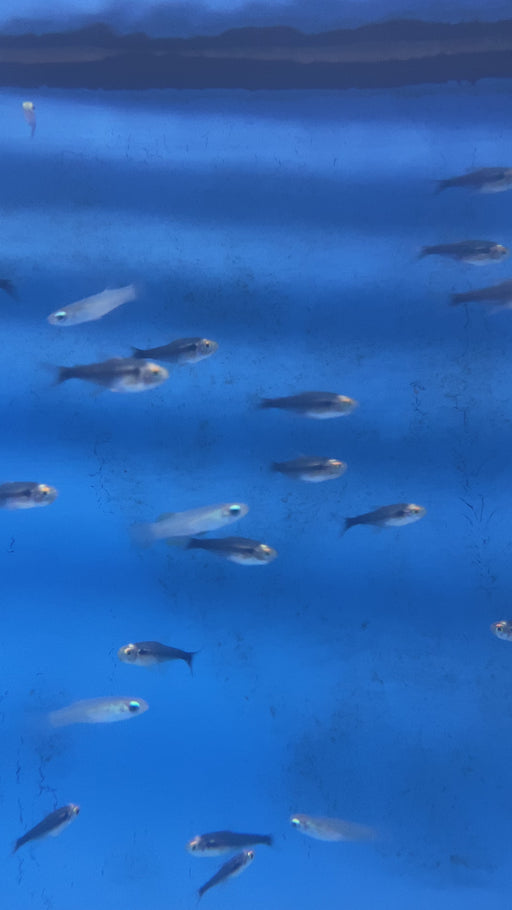-
Set up the aquarium: Start by setting up the aquarium with all the necessary equipment, including the filter, heater, substrate, and decorations. Fill the tank with water, and add a water conditioner to remove any harmful chemicals or chlorine from the tap water.
-
Add a source of ammonia: You can add ammonia to the aquarium to create a food source for the beneficial bacteria that will help establish the nitrogen cycle. You can use household ammonia or fish food to produce ammonia in the tank. If you're using ammonia, add enough to raise the ammonia concentration to around 2-4 ppm (parts per million).
-
Wait and test water parameters: Allow the aquarium to sit for a few days to allow the ammonia to build up. Test the water daily using an aquarium test kit to monitor the levels of ammonia, nitrite, and nitrate. Record the results in a notebook or aquarium log.
-
Watch the nitrogen cycle: As the beneficial bacteria colony develops, the ammonia levels will decrease, followed by the nitrite levels. This process can take a few weeks to several months, depending on the tank's size and the amount of ammonia added.
-
Continue monitoring and make partial water changes: Continue testing the water parameters regularly and make partial water changes of around 25% to reduce the concentration of harmful toxins. Be sure to add a water conditioner to any new water added to the aquarium.
-
Add fish: Once the ammonia and nitrite levels are zero or close to zero, and the nitrate levels are rising, the tank is ready for fish. Add a few fish at a time, and avoid adding too many at once as it can cause ammonia levels to spike, which can harm the fish.
-
Maintain the aquarium: Continue to monitor the water parameters regularly and make partial water changes as needed to maintain a healthy environment for your fish.
That's it! Cycling an aquarium can take some time and patience, but it's essential for the health and well-being of your fish. Once the nitrogen cycle is established, the aquarium will be much easier to maintain, and your fish will be happier and healthier.
The Nitrogen Cycle :
The nitrogen cycle is a natural process that breaks down fish waste and other organic matter in the aquarium into less harmful compounds. This process involves a series of chemical reactions that convert toxic ammonia (which is produced by fish waste and uneaten food) into less harmful compounds like nitrite and then into nitrate.
The cycle starts when fish produce ammonia, which is highly toxic to fish even in small amounts. Bacteria called Nitrosomonas convert ammonia into nitrite, which is also toxic to fish in high levels. Another group of bacteria called Nitrobacter convert nitrite into nitrate, which is relatively harmless to fish but can become problematic in high levels.
The nitrate is then removed from the water through regular water changes or by using plants or other methods of filtration.
It's important for beginners to understand the nitrogen cycle because it's a critical process for keeping your fish healthy. If you don't cycle your aquarium properly, toxic levels of ammonia and nitrite can build up in the water and harm your fish. The process of cycling your aquarium involves establishing a colony of beneficial bacteria that convert ammonia to nitrite and then nitrate, which can take several weeks.
To ensure a healthy and stable environment for your fish, you'll need to regularly test the water parameters of your tank and perform partial water changes as necessary. By understanding the nitrogen cycle and following proper aquarium maintenance, you can create a thriving aquatic environment for your fish.







Leave a comment